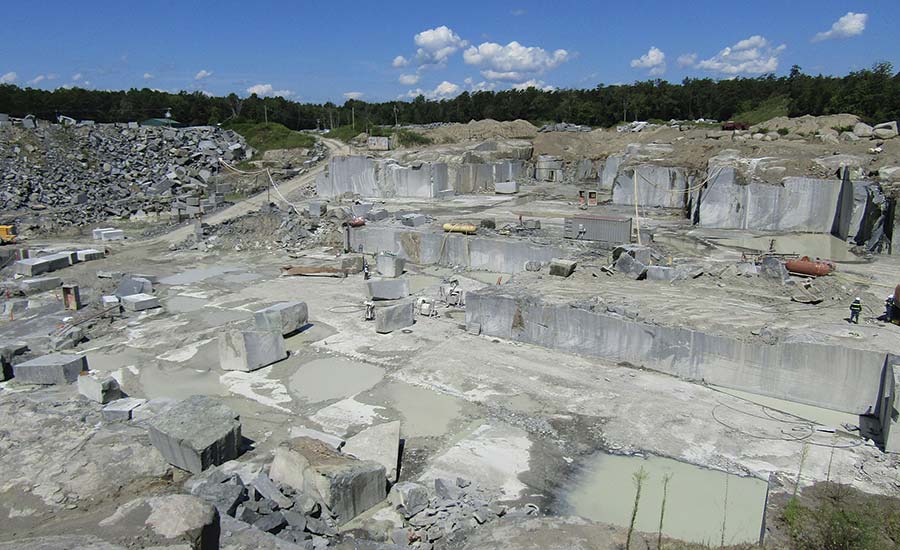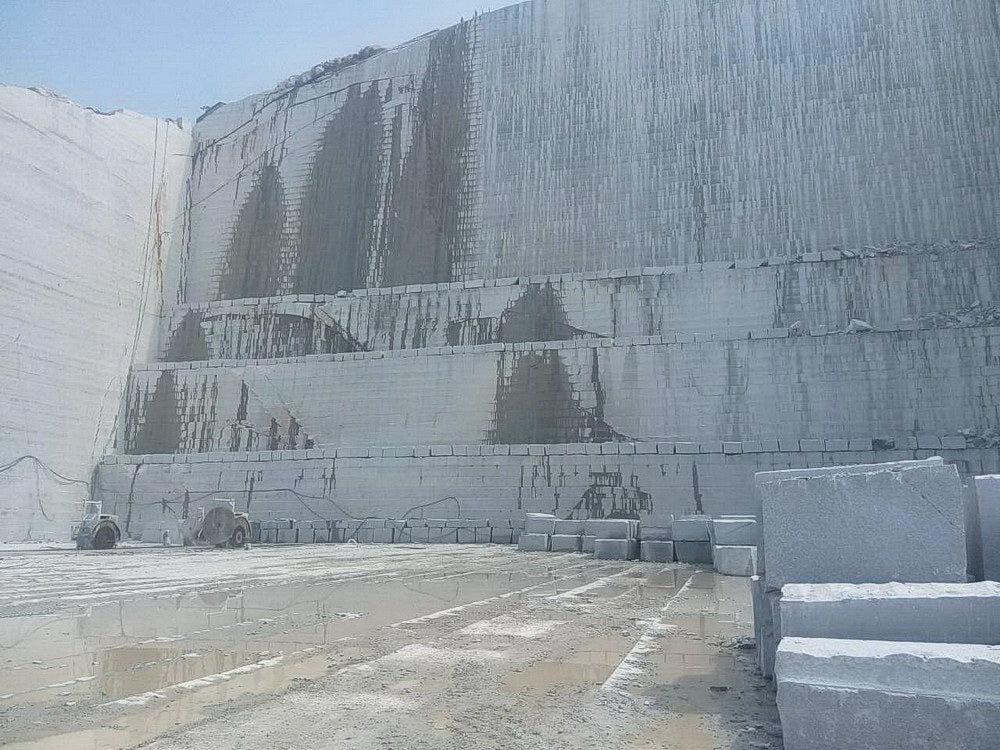Granite Quarries in South Africa Marvels: Checking Out the Quarry Landscape
Granite Quarries in South Africa Marvels: Checking Out the Quarry Landscape
Blog Article
Unveiling the Mysteries of Granite Quarrying: Where Stamina and Elegance Meet
The world of granite quarrying is a realm where the raw stamina of nature converges with human creativity to develop frameworks that stand the examination of time with an air of beauty. From the midsts of quarries to the precise sprucing up in workshops, the procedure of transforming granite into architectural marvels is a complex dance of practice and technology. As we peer into the depths of this ancient craft, we start to discover the concealed ins and outs that form the extremely significance of our constructed environment.
The Origins of Granite Quarrying
In the record of building history, the beginnings of granite quarrying are shrouded in a tapestry of old workmanship and geological marvels. Dating back to ancient Egypt and Mesopotamia, the extraction of granite from quarries marked the beginning of a trip that would eventually result in the creation of some of the world's most renowned frameworks.
Granite quarrying's roots can be traced to the knowledgeable craftsmens that acknowledged the stone's resilience and aesthetic appeal. Via a combination of primitive tools and sheer resolution, these early quarry employees discovered granite blocks that would end up being the foundation of civilizations.
As worlds evolved, so did the techniques of quarrying granite. The Romans, renowned for their engineering expertise, established advanced methods for removing granite to build monoliths, holy places, and roadways that stood the test of time.
The tradition of these old quarrying practices remains to form modern-day design, with granite remaining an icon of strength and elegance in building tasks around the world. (granite quarries in south africa)
Devices of the Quarrying Trade
The advancement of granite quarrying strategies from old people to modern-day times highlights the crucial duty played by the devices of the quarrying sell shaping the market's techniques. In old times, quarrying tools were basic, commonly being composed of blades, hammers, and wedges made from materials like bronze or iron. These devices needed significant workforce and time to remove granite blocks from quarries.

Additionally, the introduction of pneumatic tools and high-powered machinery has actually significantly minimized the physical labor required in quarrying operations, improving worker security and efficiency. As the quarrying sector remains to introduce, the tools of the trade remain at the forefront of driving progress and shaping the future of granite extraction.
Drawing Out Blocks of Granite
Utilizing precision machinery and advanced strategies, the removal of granite obstructs from quarries has ended up being an advanced process in the modern quarrying sector. The first step involves identifying the area and size of the granite deposit to determine one of the most reliable removal technique. When a suitable site is chosen, the removal process begins with the drilling of openings for the placement of nitroglycerins. Regulated blasting methods are then employed to damage apart the granite into manageable sections.

Sprucing Up and Ending Up Methods
To achieve a perfect surface on granite blocks, knowledgeable artisans use a series of precise sprucing up and ending up techniques. After the preliminary removal and forming processes, the granite obstructs undergo an extensive polishing stage to boost their natural elegance and resilience.
In enhancement to polishing, finishing strategies are applied to additional improve the granite's appearance. These strategies might consist of flaming, developing, or cleaning, each offering special structures Home Page and coatings to fit different visual choices. Flaming, for example, entails subjecting the granite surface area to heats to create a harsh, distinctive coating, ideal for exterior applications where slip-resistance is essential. Developing, on the other hand, gives a matte coating that is smooth to the touch, excellent for interior countertops and flooring. By carefully choosing and using these brightening and completing techniques, artisans can transform raw granite blocks right into exquisite pieces that showcase both stamina and sophistication.

Ecological Effect and Sustainability
With the expanding focus on ecological consciousness in the sector, granite quarrying practices are increasingly inspected for their effect on natural deposits and lasting sustainability. Quarrying for granite can have significant environmental implications. The removal process frequently involves using hefty machinery, dynamites, and large amounts of water, causing environment damage, dirt disintegration, and water air pollution. Additionally, the transportation of granite from quarries to refining facilities creates carbon discharges, even more contributing to environmental degradation. granite quarries in south africa.
To mitigate these impacts and guarantee sustainability in granite quarrying, industry stakeholders are embracing numerous steps. Executing innovative modern technologies to lower power intake and water use, redeeming quarried land for environmental repair, and promoting responsible sourcing techniques are some approaches being utilized. Qualifications such as the Woodland Stewardship Council (FSC) and the Leadership get redirected here in Power and Environmental Style (LEED) assistance consumers recognize eco friendly granite items.
Conclusion
Finally, granite quarrying is a process that calls for specialized tools and techniques to essence blocks of granite and polish them to a high level of finish. While the ecological influence of quarrying can be substantial, initiatives are being made to boost sustainability methods in the industry. Generally, granite quarrying is a fragile equilibrium in between using the strength and style of this natural stone while read the article reducing its influence on the atmosphere.
Report this page